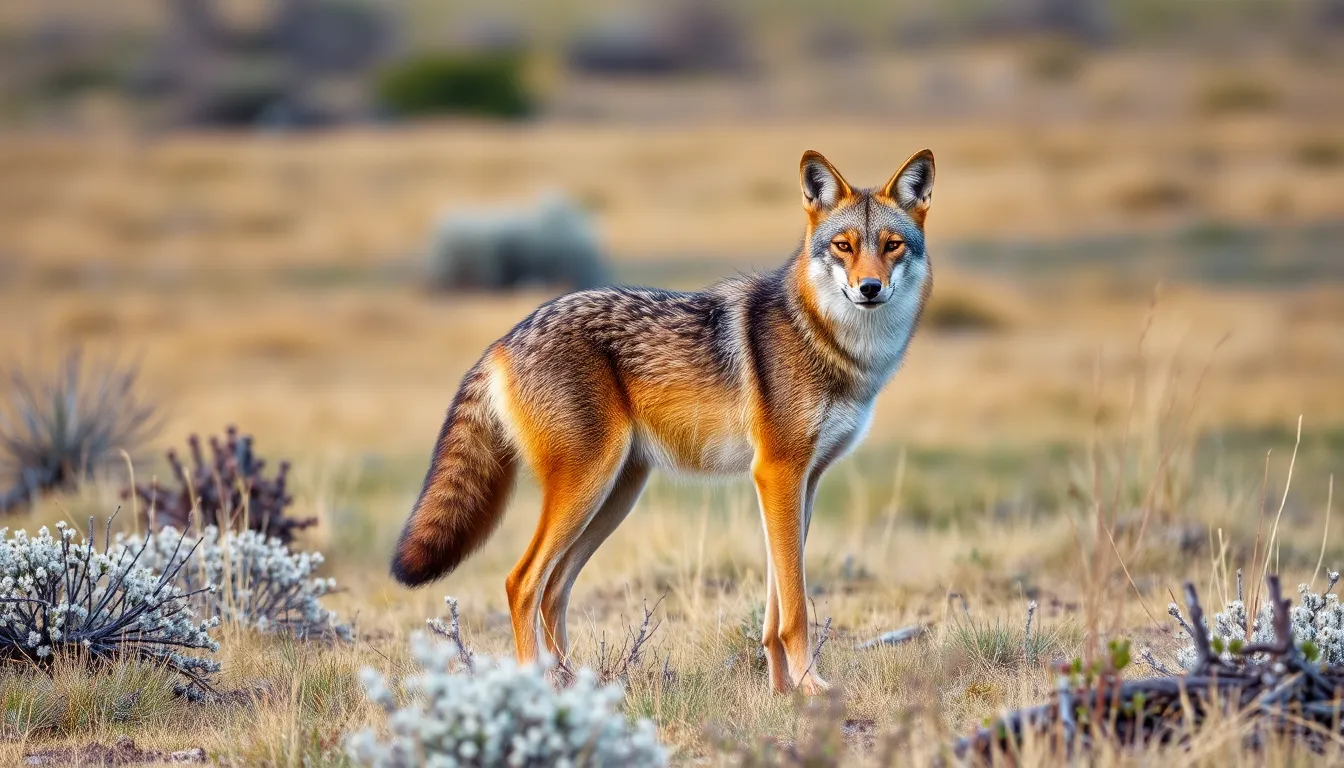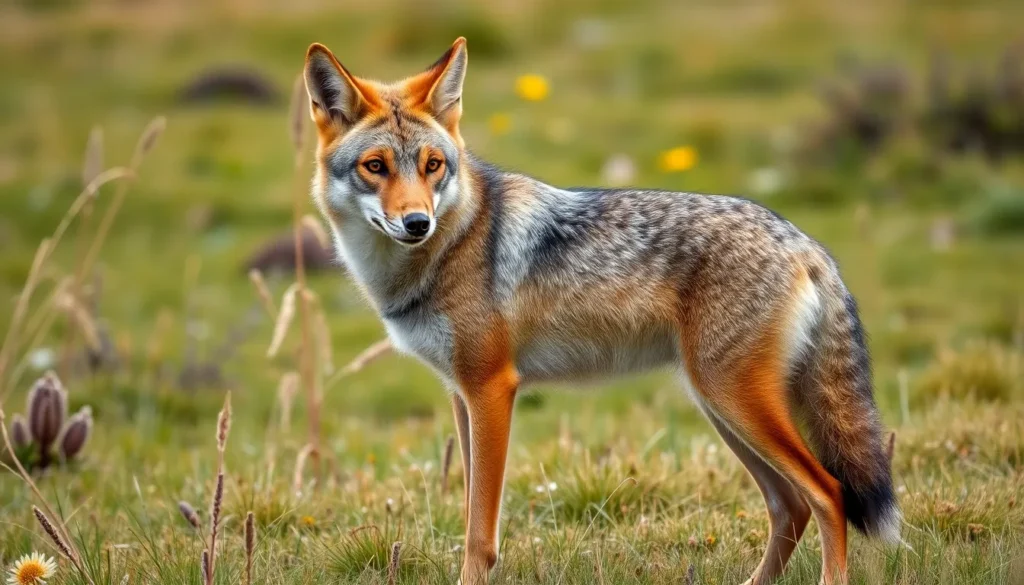Table of Contents
ToggleCoyotes are among North America’s most adaptable and resourceful predators, thriving in diverse environments from urban areas to remote wilderness. Understanding their weight is crucial for wildlife enthusiasts, researchers, and anyone interested in these fascinating creatures. Weights can vary significantly based on factors like age, habitat, and food availability.
Typically, adult coyotes weigh between 24 to 46 pounds, with males generally being larger than females. However, regional variations can lead to differences in size, making it essential to consider the specific context when discussing coyote weights. This article delves into the factors influencing coyote weight and what it reveals about their behavior and ecology.
Understanding Coyote Weight
Coyote weight varies significantly due to a range of influencing factors. Recognizing these factors provides insight into the ecological roles and behaviors of coyotes.
Factors Influencing Weight
Age affects coyote weight, with younger coyotes typically weighing less than adults. Gender impacts weight as well, with males averaging heavier than females. Habitat plays a role; coyotes in urban areas may weigh less due to limited food sources, while those in rural regions often gain weight from abundant prey. Food availability directly influences weight; during periods of scarcity, coyotes may experience weight loss, whereas ample food sources lead to healthier and heavier individuals.
Weight Variation by Region
Coyote weight varies geographically. In the eastern United States, adult coyotes average 30 to 50 pounds, while western coyotes usually weigh between 24 and 46 pounds. The northern populations tend to be larger due to cold climates requiring additional body mass for heat insulation. Conversely, coyotes found in desert regions often weigh less, adapting to their environment’s limited resources. Understanding these regional differences helps in studying coyote behavior and interactions within different ecosystems.
Average Coyote Weight

Coyote weight varies significantly based on factors such as age, gender, and habitat. Understanding these variations provides insight into their ecological roles and behaviors.
Adult Male and Female Weights
Adult male coyotes generally weigh between 30 to 46 pounds, while adult females usually range from 24 to 42 pounds. Males tend to be larger and bulkier, which reflects their roles in territory defense and hunting. Weight differences can also depend on environmental factors, with availability of food influencing individual weights substantially.
| Coyote Gender | Average Weight (pounds) |
|---|---|
| Male | 30 – 46 |
| Female | 24 – 42 |
Weight Comparison with Other Canids
Coyotes weigh less than wolves and larger dogs but are generally heavier than foxes. For example, gray wolves average 70 to 110 pounds, while red foxes weigh only 8 to 15 pounds. This weight distinction places coyotes within a unique niche in the canid family, allowing them to compete for prey effectively while adapting to various environments.
| Canid Species | Average Weight (pounds) |
|---|---|
| Coyote | 24 – 46 |
| Gray Wolf | 70 – 110 |
| Red Fox | 8 – 15 |
Weight Measurements Over Time
Coyote weights display significant variation over time due to environmental influences and historical patterns. Examining historical data and the impact of environmental changes provide insight into how weight measurements have evolved.
Historical Data
Historical data reveal fluctuations in coyote weights based on geographic location and population dynamics. Research indicates that during the late 19th century, coyotes in western North America averaged 20 to 40 pounds. As human activity expanded and prey availability increased, weights gradually shifted. By the mid-20th century, averages rose to 24 to 46 pounds, reflecting enhanced adaptation and larger prey size. Southeastern populations exhibited the most notable growth, reaching weights of 30 to 50 pounds as they faced fewer natural predators.
Impact of Environmental Changes
Environmental changes significantly impact coyote weights. Urbanization leads to food scarcity, resulting in lower average weights among city-dwelling coyotes, often between 24 to 36 pounds. Conversely, rural populations thrive on abundant prey, often exceeding 46 pounds. Seasonal variations also influence weight; for instance, during winter months, coyotes may gain extra weight to endure colder temperatures. Climate change effects, such as habitat loss and altered prey availability, have prompted adaptive weight shifts, altering coyote populations in various ecosystems.
Coyotes display remarkable adaptability in their weights and sizes across diverse environments. Understanding their weight variations not only sheds light on their ecological roles but also highlights the impact of environmental factors on their populations. With weights ranging from 24 to 50 pounds depending on age and habitat, these canids occupy a unique niche among North America’s wildlife. As they continue to adapt to changing landscapes and food availability, monitoring their weight trends remains essential for wildlife management and conservation efforts. This knowledge ultimately enhances our appreciation for these resilient creatures and their place in the ecosystem.







